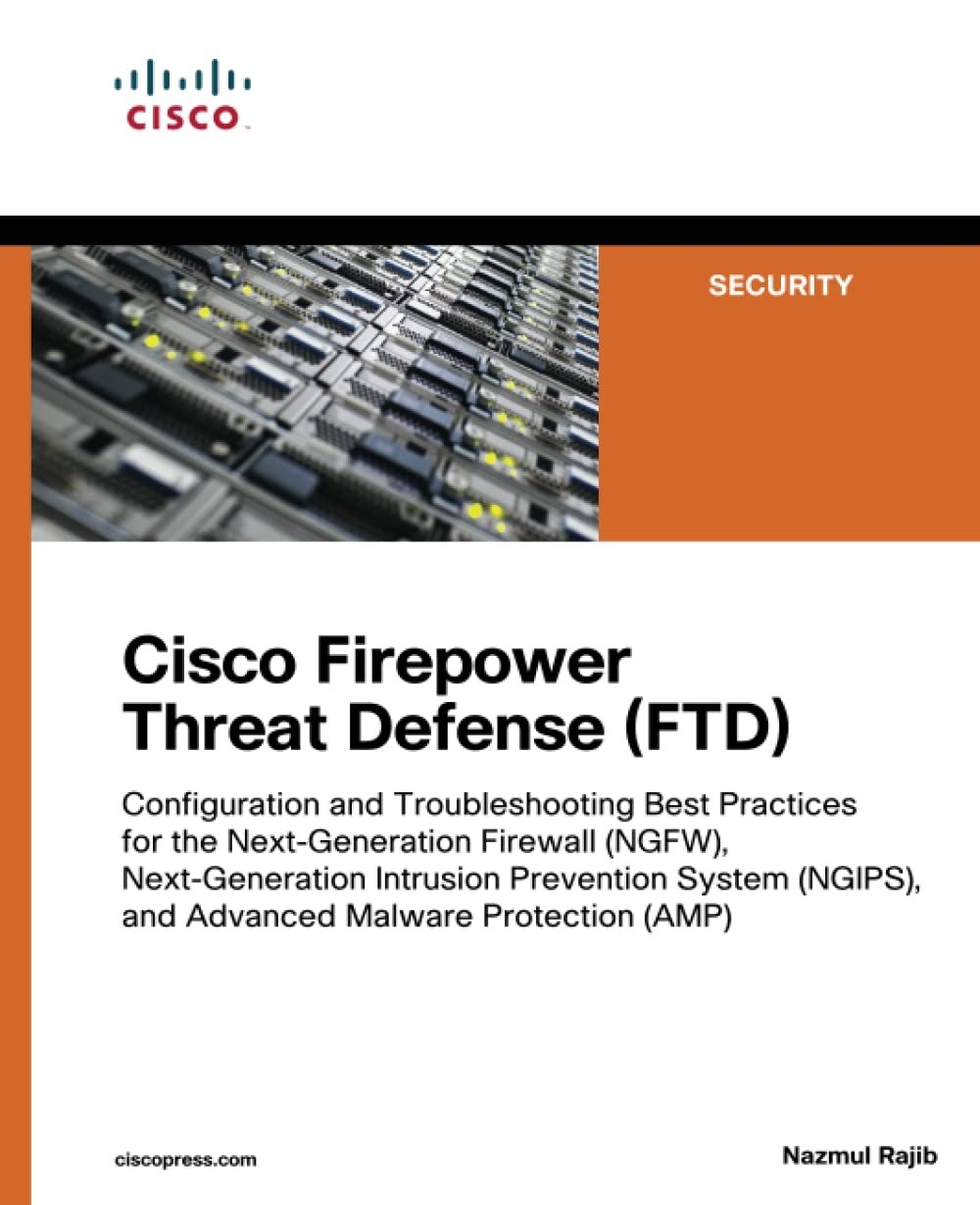As you explore the digital world, you might wonder how your personal data stays safe. With so much sensitive info out there, privacy-enhancing technologies (PETs) are key. They protect your privacy and prevent harm. A survey in 19 countries showed 68% of people worry about online privacy, showing the need for strong security and privacy measures.
With over 130 countries having data privacy laws, you might wonder about PETs’ role in cybersecurity. They help companies avoid legal and financial issues from not following privacy laws. The market for PETs is growing fast, showing more demand for these tools in industries handling sensitive data. This growth also pushes for new cybersecurity trends.
Key Takeaways
- Privacy-enhancing technologies (PETs) are vital in protecting sensitive data and preventing harm.
- About 68% of consumers are concerned about online privacy, driving the need for robust data privacy measures.
- PETs can help organizations avoid legal and financial repercussions due to data privacy law non-compliance.
- The estimated market for PETs is expected to grow significantly, reflecting heightened demand for these tools.
- PETs play a vital role in modern cybersecurity, enabling secure data analysis and processing while maintaining user privacy.
- Encryption methods, including symmetric and asymmetric techniques, are essential in securing personally identifiable information (PII) within the AdTech ecosystem.
- The application of PETs in the AdTech sector is projected to increase as data privacy regulations become more stringent globally.
The authoritative visual guide to Cisco Firepower Threat Defense (FTD)
This is the definitive guide to best practices and advanced troubleshooting techniques for the Cisco flagship Firepower Threat Defense (FTD) system running on Cisco ASA platforms, Cisco Firepower security appliances, Firepower eXtensible Operating System (FXOS), and VMware virtual appliances.
Understanding Privacy-Enhancing Technologies in Modern Cybersecurity
Digital interactions are more common than ever. Enhancing data security is now a top priority for companies. Cybersecurity innovations keep evolving to fight off new threats to privacy and cybersecurity. Privacy-Enhancing Technologies (PETs) play a big role in this.
PETs aim to keep personal info safe while letting info flow freely. They use encryption, anonymization, and secure multi-party computation. This way, companies can lower the chance of data leaks and guard sensitive data.
PETs help companies follow rules like GDPR and CCPA. They also boost cybersecurity and privacy efforts.
| PET Type | Description |
|---|---|
| Homomorphic Encryption | Allows operations to be conducted on encrypted data |
| Zero-Knowledge Proofs | Enables validation of information without disclosing underlying data |
The Current State of Data Privacy Challenges
As you explore the digital world, you encounter many data privacy hurdles. Emerging privacy technologies aim to solve these problems. The danger of data breaches, cyber attacks, and sharing data without permission is high. This makes it vital to have strong data protection.
Rules like the General Data Protection Regulation (GDPR) and the California Consumer Privacy Act (CCPA) are key. They focus on being open, getting user consent, and using only the data needed.
Some major data privacy issues include:
- Rising risk of data breaches and cyber attacks
- Unauthorized data sharing and processing
- Lack of transparency and user consent
How privacy-enhancing technologies are changing cybersecurity is important. These technologies help keep sensitive data safe and follow the rules.
It’s important to keep up with data privacy challenges and new solutions. This way, you can protect your data in the digital world.
Essential Privacy-Enhancing Technologies Transforming Cybersecurity
Privacy-enhancing technologies are changing how we protect data. With more cloud services and IoT devices, keeping data safe is key. This is because the lines between inside and outside are getting fuzzy.
Using these technologies can lower the chance of data leaks. This helps businesses avoid damage to their reputation and financial hits from privacy issues. Some top privacy-enhancing technologies include:
Homomorphic Encryption
Homomorphic encryption lets you work with encrypted data without first decrypting it. This keeps data safe while it’s being analyzed.
Zero-Knowledge Proofs
Zero-knowledge proofs let one person show something is true without sharing details. This adds extra security.
Secure Multi-Party Computation
Secure multi-party computation lets different groups work together on data without sharing it. This helps in teamwork while keeping data private.
Differential Privacy Solutions
Differential privacy solutions add noise to data to hide individual details. This way, you can see patterns in groups without revealing personal info.
By using these technologies, companies can better protect their data. They can also follow global privacy laws. This reduces the risk of data breaches and the financial losses that come with them.
Implementing PETs in Your Security Infrastructure
When you think about adding top privacy-enhancing technologies to your cybersecurity, start by checking your current setup. Look for weak spots and plan how to add PETs. This can really help your cybersecurity team and lower the chance of data leaks.
Creating a plan for adding PETs is key. You need a roadmap, to know who to involve, and to set clear goals. This makes sure everything goes smoothly and you get the most out of PETs. Important things to think about include:
- Checking your current security to see where PETs can help most
- Creating a detailed plan that includes training for your team
- Setting clear goals for using PETs
By taking these steps and using privacy-enhancing technologies, you can make your cybersecurity better. This will help protect your data from being stolen.
| Technology | Benefits |
|---|---|
| Homomorphic Encryption | Enables computation on encrypted data |
| Differential Privacy | Protects sensitive information by adding noise to data |
Benefits of Privacy-Enhancing Technologies for Business Operations
Businesses face a tough world of cybersecurity trends and data privacy rules. Using privacy-enhancing technologies is key. These tools help keep data safe, build trust with customers, and follow the law. By using online privacy solutions, companies can guard against data leaks and meet legal standards.
Here are some main perks of privacy-enhancing technologies:
- They make data safer with encryption and anonymization.
- They help build trust by being open about how data is handled.
- They help follow laws like GDPR and CCPA.
- They lower the chance of data breaches and save money.
Studies show that using privacy-enhancing technologies can cut data breach rates by 30%. Also, 65% of people trust brands more if they use these technologies. This helps businesses stand out and gain customer trust.
Differential privacy algorithms and homomorphic encryption let businesses use data safely. They can learn from data without revealing personal info. As more people want these technologies, businesses must use them to stay competitive.
| Benefits of Privacy-Enhancing Technologies | Description |
|---|---|
| Improved Data Security | Protection of sensitive data through encryption and anonymization |
| Enhanced Customer Trust | Transparent data handling practices to build trust with customers |
| Regulatory Compliance | Compliance with laws such as GDPR and CCPA to avoid fines and penalties |
The authoritative visual guide to Cisco Firepower Threat Defense (FTD)
This is the definitive guide to best practices and advanced troubleshooting techniques for the Cisco flagship Firepower Threat Defense (FTD) system running on Cisco ASA platforms, Cisco Firepower security appliances, Firepower eXtensible Operating System (FXOS), and VMware virtual appliances.
Real-World Applications of Privacy-Enhancing Technologies
The world of cybersecurity is always changing. This makes data protection technology more important than ever. In fields like finance, healthcare, and government, new information security trends are leading to the use of advanced privacy tools.
These tools help keep sensitive data safe, stop cyber attacks, and keep information private.
In finance, for instance, data protection technology keeps transactions safe and customer data secure. In healthcare, information security trends push for advanced privacy tools to guard patient data and make sharing medical records secure.
Here are some real-world uses of these technologies:
- Secure data storage and transmission
- Encrypted data processing
- Federated and distributed analytics

Using these technologies, companies can keep sensitive data safe and meet legal standards. As more businesses use data protection technology and advanced privacy tools, we’ll see better information security trends in many sectors.
| Industry | Application | Benefit |
|---|---|---|
| Financial Services | Secure data storage and transmission | Protects customer data and prevents cyber attacks |
| Healthcare | Encrypted data processing | Protects patient data and enables secure sharing of medical records |
| Government | Federated and distributed analytics | Enables secure and confidential data analysis |
Overcoming Common PET Implementation Challenges
When you start using Privacy-Enhancing Technologies (PETs), you might hit some bumps. These can include the complexity of PETs, the lack of standardization, and the need for a big investment in both infrastructure and people. To get past these hurdles, it’s important to know exactly what PETs you need and to have a solid plan for how to use them.
Data encryption technologies are key in keeping your information safe. But, finding the right PETs can be hard because there’s no clear standard. Using PETs as part of your cyber defense can help protect your data.
Some common challenges in using PETs include:
- Complexity of PETs: PETs can be complex and hard to set up, needing a lot of skill and resources.
- Lack of standardization: The lack of standard PETs makes it tough to pick the best one for your company.
- Significant investment: Using PETs can cost a lot, needing a big investment in both setup and staff.
By knowing these challenges and making a detailed plan, you can beat these obstacles. Proper planning and execution are essential to get the most out of internet privacy advancements and cyber defense strategies.
| Challenge | Solution |
|---|---|
| Complexity of PETs | Develop a clear understanding of PET requirements and establish a robust implementation plan |
| Lack of standardization | Research and choose the right PETs for your organization |
| Significant investment | Allocate sufficient resources and budget for PET implementation |
Measuring the Effectiveness of Privacy Enhancement Measures
When you start using privacy technology trends in your company, it’s key to check how well they work. You should look at things like fewer data breaches, better data security, and more trust from customers.
To see if data protection tools are worth it, you can do a cost-benefit analysis. This shows the financial gain from your privacy efforts. It helps you understand the value of what you’re doing.
Important things to watch when checking how well things are going include:
- Compliance validation: Make sure your company follows rules like GDPR and CCPA.
- Cybersecurity advancements: Use new tech like homomorphic encryption and zero-knowledge proofs to keep data safe.
- Customer trust: Make things clear and let customers control their data to gain their trust.
By keeping an eye on these areas, you can make your cybersecurity advancements better. This way, your company stays ahead in privacy technology trends.
| Measure | Description |
|---|---|
| Reduction in data breaches | Track the number of data breaches before and after implementing privacy enhancement measures. |
| Improvement in data security | Monitor the effectiveness of data protection tools and cybersecurity advancements. |
| Enhancement of customer trust | Conduct surveys or gather feedback to understand the impact of privacy enhancement measures on customer trust. |
The Future Landscape of Privacy-Enhancing Technologies
The need for internet privacy solutions is growing fast. Privacy-enhancing technologies (PETs) are becoming key in finance, healthcare, and AI. They help protect sensitive data with tools like zero-trust architectures and homomorphic encryption.
New trends and technologies will shape the future of PETs. This includes new rules and the use of AI and blockchain. With 75 billion IoT devices by 2025, protecting data will be more critical than ever. Data minimization and privacy-by-design will be essential for better security.
Some important stats about PETs’ future are:
- The global PETs market is expected to grow by 20.5% annually from 2023 to 2030.
- About 79% of people worry about how their data is used by tech and governments.
- 53% of consumers will choose brands that focus on confidential data protection and online security measures.

As PETs evolve, internet privacy solutions, confidential data protection, and online security measures will be vital. They help keep sensitive information safe and build trust in the digital world.
| Year | Projected Growth of PETs Market |
|---|---|
| 2023 | 15% |
| 2025 | 20% |
| 2030 | 25% |
Best Practices for PET Integration and Management
When adding Privacy-Enhancing Technologies (PETs) to your company, make a detailed plan. This plan should include digital privacy innovations and online privacy solutions. It’s key to use the latest data protection technology to keep sensitive data safe.
To make PET integration work well, focus on a few important things:
- Set clear goals for using PETs
- Know who needs to know about PETs and make a plan
- Keep training your team on the value of digital privacy innovations and how to use them
By sticking to these best practices and keeping up with new online privacy solutions and data protection technology, your company will be ready for the changing data protection world. You’ll also keep the trust of your customers and stakeholders.
| PET Integration Area | Best Practice |
|---|---|
| Strategy Development | Establish clear goals and objectives |
| Team Training | Provide ongoing training and support |
| Maintenance Protocols | Regularly review and update PET implementation |
Regulatory Compliance and Privacy-Enhancing Technologies
Understanding privacy-enhancing technologies (PETs) is key in the world of data privacy. Information security trends show that using PETs can help avoid big fines from not following rules like GDPR and CCPA.
Advanced privacy tools like differential privacy and confidential computing are important. They help keep data safe and follow rules. For example, differential privacy adds noise to data to protect it, and confidential computing keeps data safe in secure areas.
PETs also help with internet privacy advancements. They make it easier to keep data safe and follow rules. Over 60% of companies have had data breaches, showing the need for PETs, more in healthcare and finance.
PETs offer many benefits for following rules. Some main advantages are:
- They protect data better and lower the chance of breaches.
- They help keep customers trusting and loyal.
- They make sure companies follow big privacy rules like GDPR and CCPA.
- They let companies use data without hurting privacy.
Using PETs helps companies meet rules and keep customer data safe. As the demand for PETs grows, it’s important for companies to keep up with information security trends and advanced privacy tools to stay competitive.
| Industry | PET Adoption Rate | Benefits |
|---|---|---|
| Healthcare | 70% | Improved patient confidentiality, reduced risk of data breaches |
| Financial Services | 75% | Enhanced customer trust, compliance with regulatory requirements |
| Digital Advertising | 50% | Increased consumer trust, effective ad targeting without compromising personal data |
Conclusion: Embracing Privacy-Enhanced Cybersecurity for the Digital Age
The digital world keeps changing, making privacy-enhancing technologies (PETs) key in cybersecurity today. These new tools help protect sensitive data privacy, stop data breaches, and meet legal rules.
Using PETs lets you lead in security and keep your business safe from new cyber threats. Homomorphic encryption, zero-knowledge proofs, and blockchain are strong security tools. AI and machine learning also help prevent attacks and cut down on mistakes.
To get the most from PETs, know what privacy your business needs. Make a detailed plan for using them and train your team well. This way, you can add these advanced tools to your security system. You’ll get better data protection, follow laws, and gain customer trust.
Start using privacy-enhanced cybersecurity to make your business strong in the digital world. Always be ready, stay safe, and keep up with the latest security steps.





